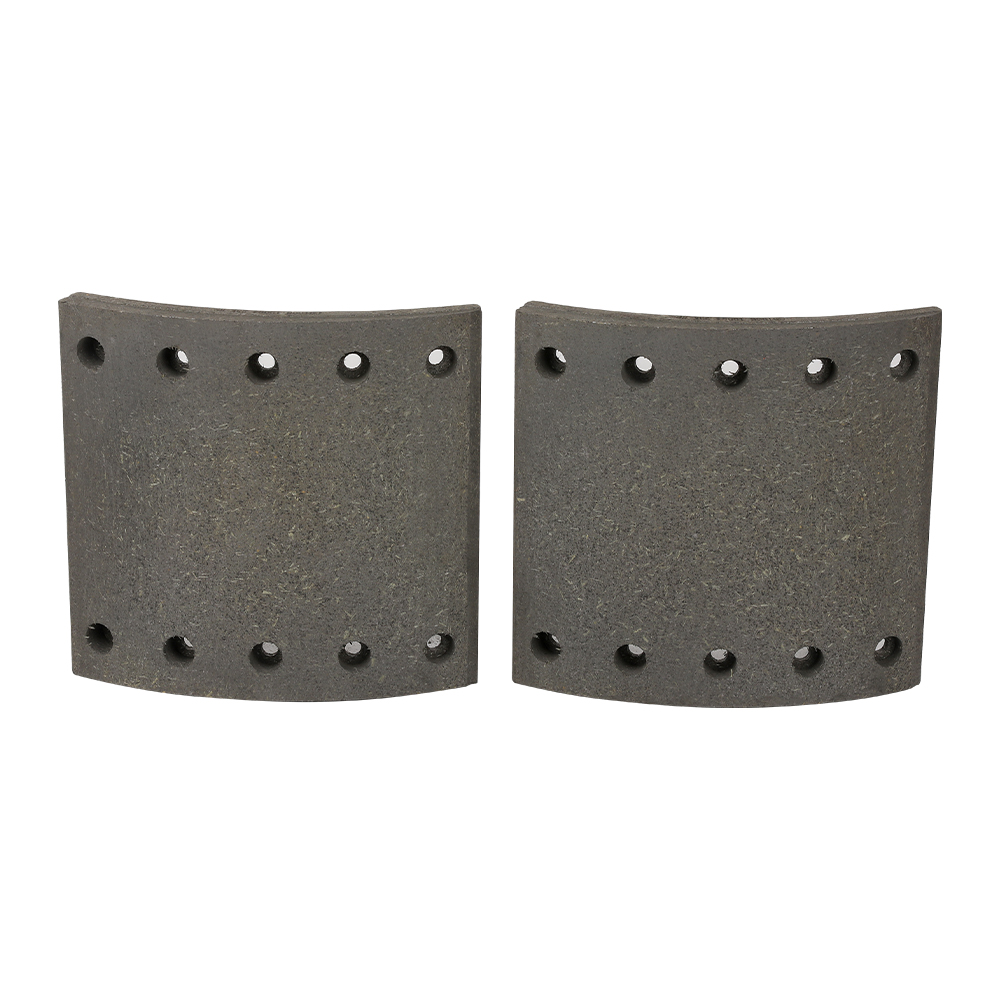What are the differences in the service life of Drum Brake Lining in different environments?
The service life of drum brake linings can indeed vary significantly depending on the environment in which the vehicle operates. Here are some factors that influence brake lining durability in different environments:
Frequent braking in city traffic can accelerate wear on brake linings due to constant engagement and disengagement.Brake linings may wear out quicker, typically lasting between 30,000 to 50,000 miles.
Highway driving involves less frequent braking compared to city driving, allowing brake linings to wear more slowly.Brake linings can last longer, often reaching 50,000 to 70,000 miles or more, depending on driving habits and maintenance.

Driving in areas with steep inclines or descents requires more frequent braking to control speed, which can shorten brake lining life.Brake linings may wear out faster, similar to city driving conditions, depending on the severity and frequency of hills.
Dust and sand particles can infiltrate brake assemblies, causing abrasion and accelerating wear on brake linings.Brake linings may wear out more quickly if not cleaned and maintained regularly, potentially reducing their lifespan.
Moisture can affect brake performance and contribute to corrosion, potentially reducing the effectiveness and lifespan of brake linings.
Proper maintenance and occasional drying can mitigate moisture-related issues and help maintain brake lining longevity.
Extreme heat or cold can affect brake performance and the wear rate of brake linings, potentially leading to accelerated wear or reduced effectiveness.
Brake linings may require more frequent inspection and maintenance to ensure optimal performance and longevity in extreme temperatures.
The service life of drum brake linings can vary significantly based on environmental factors and driving conditions. Regular maintenance, including inspection, adjustment, and cleaning, is crucial to maximize brake lining durability and ensure safe braking performance over time.





 中文简体
中文简体 English
English














